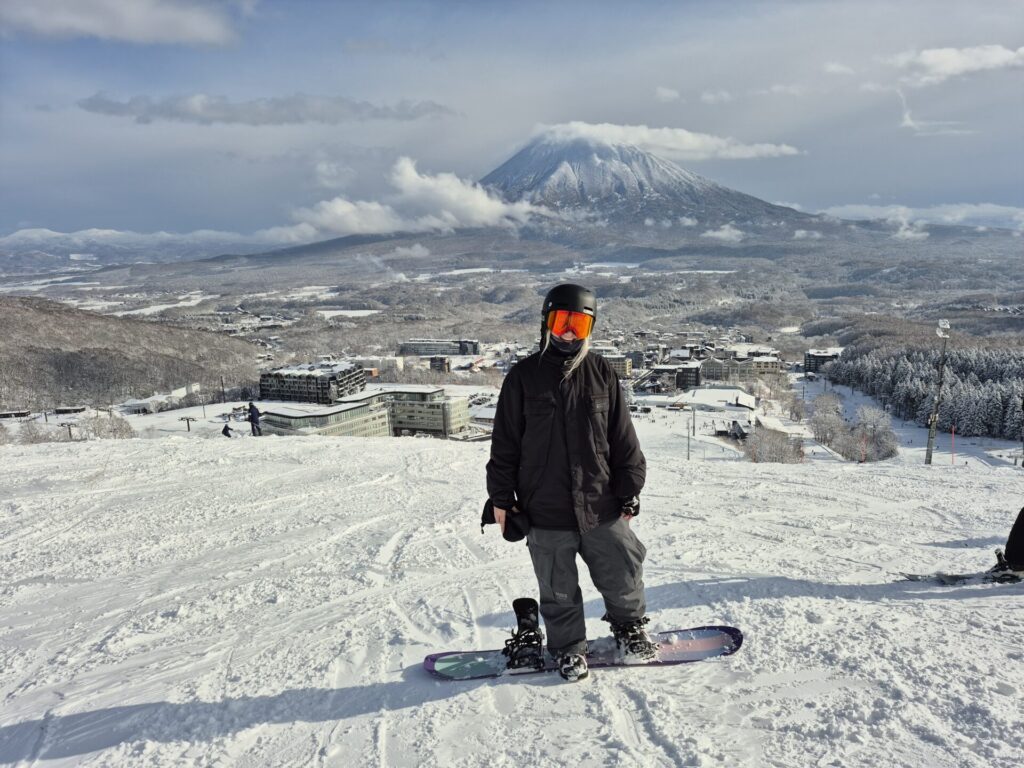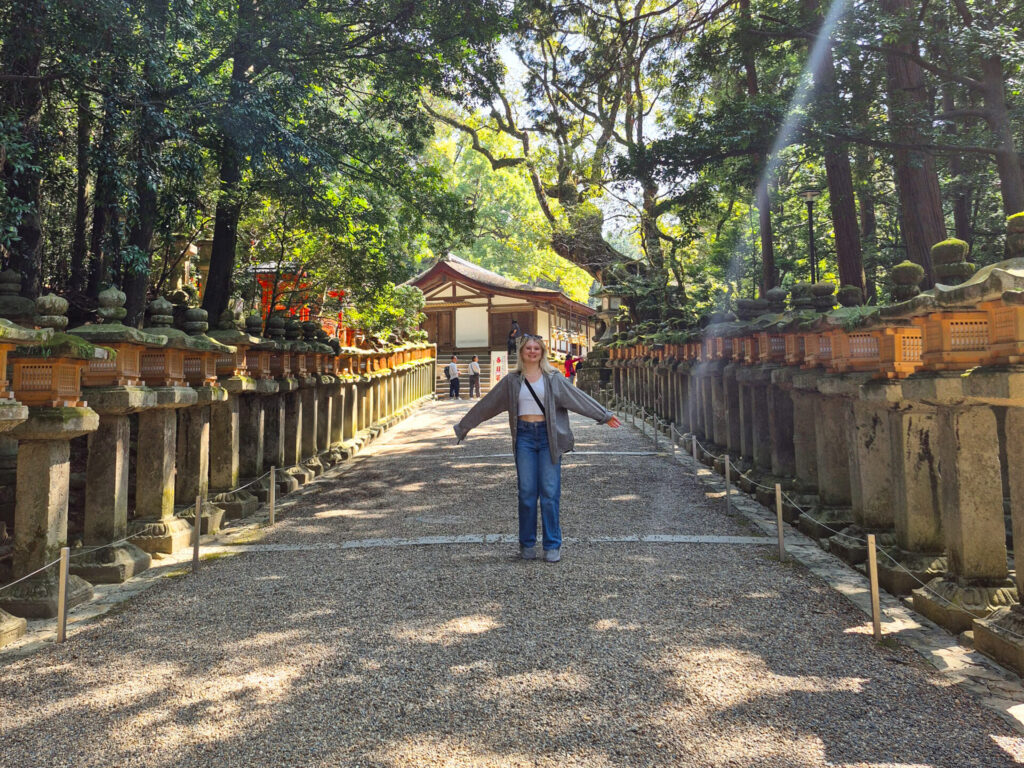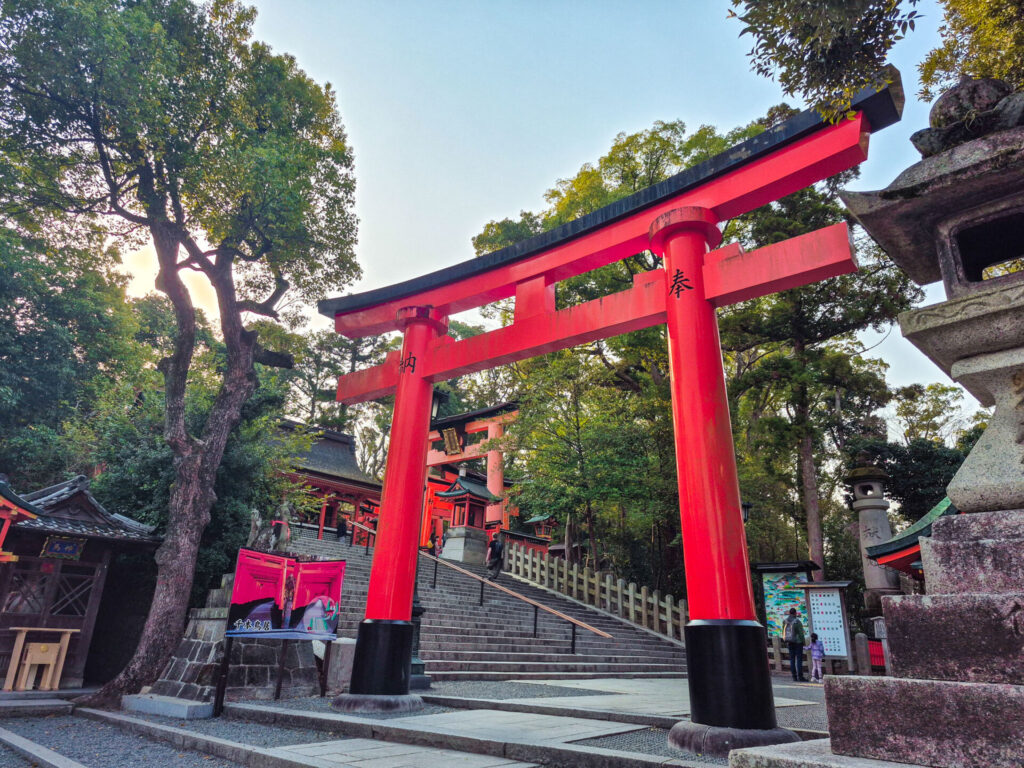16 Essential Things To Know Before Travelling To Japan
- May 30, 2025
- No Comments
Japan is one of my favourite countries I have ever visited. I felt so safe and experienced some of the most beautiful temples, castles and cities. That being said, there are a couple of things I learned while travelling that I wish I had known before booking my trip – hence I’m sharing them here with you.
Landing in Japan for the first time felt surreal. It’s a country I’ve dreamed of visiting and working a ski season there for years, so the fact that it came true felt like a fever dream. I spent four months as a snowboard instructor in the North before travelling to Osaka, Kyoto and Tokyo for a two-week trip after the end of the season. Check out my Osaka city guide and Kyoto itinerary for inspiration!
While living and working, as well as eventually travelling, Japan, I learned a ton about the country and its people. There are many things online that I found were correct, but also many that weren’t quite right or not mentioned online. So, here is my list of 16 things I wish I had known before visiting Japan that might make your trip a little easier!
Table of Contents
ToggleThings about Travelling Japan I Wish I'd Known Before I Went
1. Respect Japanese customs and manners

In Japan, manners and respect are a crucial pillar of everyday life. Respect is tightly woven in every social interaction and is an expectation. While in other cultures we may say “respect is earned”, in Japan, it is the baseline. Which I personally love. It makes basic interactions like buying something at the store feel much more pleasant. Also make sure to be extra respectful to the elderly and women with children.
When visiting Japan, it’s important to adhere to these social customs and be respectful, especially to locals! Bowing is a form of greeting and thanks, so remembering to at least bow your head when entering or leaving a place or buying something goes a long way. Say “Sumimasen” (excuse me or sorry) when you need to pass somewhere or to apologise. Give up your seat for those who need it!
Queuing is another form of respect the Japanese take very seriously. When waiting for the train, in the store, at the bus stop – don’t just barge in but watch out for a queue and join it! Another thing you will see in some places is taking off your shoes inside. Not all hotels will expect this, but more traditional accommodations and shops will so watch for signs.
Another really important thing to note regarding local customs is smoking is only allowed in designated places in public. In most other areas it is strictly prohibited and this is enforced!
2. Do not visit during Golden Week
Japan is experiencing a pretty big influx of tourists, but during Golden Week it becomes next-level packed. Golden Week is a period in Japan at the end of April and start of March where a couple of National Holidays fall around the same time, meaning everyone and their grandmother goes to travel. If you can, avoid this week at all costs!
Other times that get extremely busy are cherry blossom time due to the beautiful pink trees blooming everywhere. If you still want to experience some of the beauty without the massive extends of the crowds, go to Japan in late March. The cherry blossoms will already start to bloom, but it won’t be quite as busy yet.
Autumn with the golden fall foliage and Chinese New Year are other busy times that are best avoided.
3. The weather is extreme in winter and summer

Winter’s in Japan are often freezing and covered in a thick blanket of snow, while summers are sweltering hot and humid. Temperatures in July and August often exceed 30°C (86F) and humidity levels around 80%. That means you will basically feel constantly sweaty and damp. On the other hand, I was working in Niseko so Hokkaido this winter and in December and January we often had days of -10°C to -20°C (-4 to 14F). That means layering up in thermal underwear and high-quality jackets.
This isn’t to put you off visiting in these months, but just so you are aware that Japan has more extreme weather during those months – I actually didn’t know this before visiting. Pack accordingly!
4. IC Cards are the best way to use public transport
Osaka’s public transportation network is extensive and pretty efficient. You can either buy single trip tickets at the ticket machines each time or use an IC card. An IC card is a prepaid card that you can use for transportation or even the convenience stores, lockers and many more things around Japan. It is the best way to get around Japan with public transportation.
Osaka’s version is called ICOCA , Tokyo’s Suica and there are a few others. Prices start at ¥1000 including a 500yen deposit that is refundable at the end of your holiday. The other 500yen are loaded onto the card. You can buy the IC card at JR stations or the airport and top it up at any train/subway station and most convenience stores.
I used Google Maps to get around Japan and navigate the subway system and found it pretty easy. It will tell you where to get on and off and even which exit to best take (stations in Japan have MANY exits so getting the right one will save a lot of time).
5. Some activities need to be booked well in advance

Many activities in Japan are the “just show up” type, however there are a few that require careful planning and pre-booking if you wish to do them. Some of the most popular (with links to book) are:
- Tokyo Disneyland and DisneySea – can be booked up to 2 months in advance
- Osaka Universal Studios – highly recommend to get the Universal Studio Japan Express Pass for entry to Nintendo World and Harry Potter – tickets go on sale 2 months in advance, buy ASAP
- Tokyo’s Ghibli Museum – Tickets go on sale at 10 a.m. (JST) on the 10th of each month for the subsequent month
- Ghibli Park in Nagoya – tickets go on sale two months before on the 10th at 2pm (JST)
- TeamLab Planets and teamLab Borderless – tickets go on sale 2-3 months in advance
- Shibuya Sky in Tokyo for the sunset slot – tickets go live at midnight 2 weeks prior to the date (JST) and sunset tickets are usually gone within an hour
- Pokémon cafe – reservations open at 6PM (JST) ,31 days before the reservation date and go within minutes
- Harry Potter Studio Tour – tickets go on sale about 3 months in advance
6. The snow in Japan is unbeatable

I worked the ski season in Japan as a snowboard instructor and have snowboarded in many different places, but never experienced snow like this. Japan gets the most incredible powder snow almost consistently from late-December to mid-February, which makes it one of my all-time favourite snowboarding destinations. If it isn’t on your ski holiday bucketlist, this is your sign to add it!
7. You will still need cash for quite a few things
When I first went to Japan, I had heard that they ONLY use cash and I would struggle to get around with my card. I personally wouldn’t quite agree. There are a ton of places, including transportation and food, that do accept card. That being said, there are also plenty of restaurants, temples, attractions and smaller places that don’t. Take out some cash when you get to Japan and try to always have some with you in case they don’t accept card.
8. Bring good walking shoes!!

I went on a 2-week trip after my ski season in Japan to see Osaka, Kyoto and Tokyo and walked a whopping average of 30,000 steps per day. My feet did not feel like feet anymore by the end of it. I cannot urge you enough to bring COMFORTABLE shoes to Japan, ones that are broken in and you can walk hours in.
I think the reason you end up walking so much is because Japan is laid out that way. Everything is very walkable and locals also walk a ton. It’s part of the reason I think they are so healthy.
My favourite walking shoes: Reebok Trainers
Other trainers recommended by travellers: Hokas
9. Tipping is considered rude
Tipping is not really a thing in Japan, at least when you are in a Japanese restaurant, accommodation or shop. In fact, if you try to tip in a restaurant, there is a good chance you will be turned down. Some say to buy drinks instead to support the restaurant. If you hire a private guide, tipping may be appreciated but put the cash in a small envelope and do so discreetly.
This does not apply to many ski or tourist areas for example where you will mostly have foreigners working. Please tip your instructors (coming from a snowboard instructor – message me if you’re coming to Niseko 😉 )!!!
10. Bring small plastic bags for trash
Trash cans aren’t really a thing in Japan, at least not in public areas. It is partly due to a history of terrorist attacks based around trash cans, but also speaks of the importance the Japanese place on personal cleanliness and responsibility. In other words, you are responsible to correctly dispose of the trash you make (recycling is huge here).
I would recommend carrying a small plastic bag in your normal bag, just in case you can’t get rid of your trash for a while. I also carried a small carabiner so was able to just attach the plastic bag to my tote bag.
A little hack: Most convenience stores actually have bins inside and they are usually at every corner.
11. Learn a few basic words and interactions in Japanese
We have already talked about respect, but knowing a few words in Japanese when visiting is not only respectful to the locals but will also help you out in situations where the person does not understand English. This doesn’t happen as much in the big cities, but as soon as you leave them it is more than likely to happen. I’d also recommend getting the Google translate app and downloading Japanese so you can translate on the go without needing data.
Here are some useful phrases to know:
- Good morning – Ohayō gozaimasu
- Hello – Konnichiwa
- Thank you – Arigatou Gozaimasu
- Please – kudasai
- Yes – Hai
- No – Iie
- Excuse me/Sorry – Sumimasen
- Let’s Eat/ “Bon Appetit” — itadakimasu
- Would you like a bag (asked in any convenience store) – fukuro wa goriyo desuka?
- Politely decline – daijyoubu desu
12. Avoid eating while walking

Some travellers will tell you that it is illegal to eat while walking, but that is not true. It is simply not something the Japanese tend to do as they value cleanliness in public spaces. It is hence more a manners thing than anything else. I personally have eaten wile walking in some situations (when I was late for a bus for example) and no one has given me any looks, but I would try and avoid it when possible.
Note that with the influx of tourists new rules are coming into place and some places, especially those of worship or cultural significance, have signs asking you not to eat and walk. Please listen to those signs!
13. Leave space when packing for souvenirs and clothing
Japan is a paradise of shopping, with some of my favourite shops being GU (Uniqlo’s more affordable sister shop), Daiso (affordable everything) and Onitsuka Tiger (dream shoes).
I would highly recommend to either pack super light and leave space in your suitcase or bring an extra one so you can bring back all the cosmetics, clothing and souvenirs that your heart desires. You can also find super cheap suitcases in Japan, so you may not need to bring an extra case if the airline charges extra. The cheapest I have found were in random stores in the streets of Tokyo.
14. Japan is super safe, even at night

I have been to 35 countries now and none have felt as safe as Japan. The myth that you can leave your laptop in a busy cafe and go to the toilet without it being stolen is true – I did it several times. I also walked around solo as a woman at night on many occasions and felt 100% safe. Even in Tokyo, where I had to make it back to my hostel at 4am when the subway finally restarted, I was able to do so without incident and without the usual uncomfortable encounters you have in other countries.
For my fellow solo, female travellers – while Japan is super safe, that does not mean you shouldn’t be cautious. Walking at night is usually safe, but stick to well-lit and busy areas. Keep an eye and ear out when walking alone and trust your gut (same as any country!).
15.Bring your passport to get tax-free benefits
We have already talked about leaving enough space in your luggage to go shopping, but did you know there is a tax-free shopping scheme for those visiting for less than 6 months? It applies to almost anything you may buy, from clothing to food and takes off the tax (usually around 10% that is added here). The store does have to have a “tax-free shop” marking for this to apply and your purchase total must be at least 5,000 yen (~$35).
Make sure to bring your passport to make the most of this scheme. DO NOT eat or use the tax-free items you bought while in Japan! Also hold onto any receipts. Customs will scan your passport upon departure and you will likely be asked to present your tax-free items so keep them in your carry-on (unless they are liquids over 100ml) and in the original sealed plastic bag. If you do not do this, you will need to pay the tax on these items at the airport.
16. Respect temple and shrine etiquette

Places of worship are plenty in Japan and they are an important part of the culture and traditions. That means when you are visiting a temple or shrine, you need to follow some rules and be respectful.
Key things to keep in mind when visiting places of worship in Japan are:
- Watch out for signs prohibiting photography and follow them
- Take off your shoes if required
- If you want to pray, throw a coin into the offering box, bow twice, clap your hands twice, pray, and bow again.
- Before prayer, you should purify yourself. Use the water station to pour water on your left hand, then your right hand. Pour a little water in your left hand again and rinse your mouth with it. Pour a little water over your left hand then set the pourer upright to clean the handle.
- Don’t enter a shrine through the central path and bow beforehand. Women should enter with their right foot first, while men enter with their left.
- Be mindful and respectful of those around you and keep noise to a minimum.
Hi, I'm Bell

My blog is here to show you that there isn’t one correct way to travel the world. Together, we can figure out what that means for you. Learn more about me here!
Grab my Ultimate FREE Packing Guide
Travel Off Script contains affiliate links to support the running of the blog. If you make a purchase through these links, I will earn a commission at no extra cost to you. Thank you.




